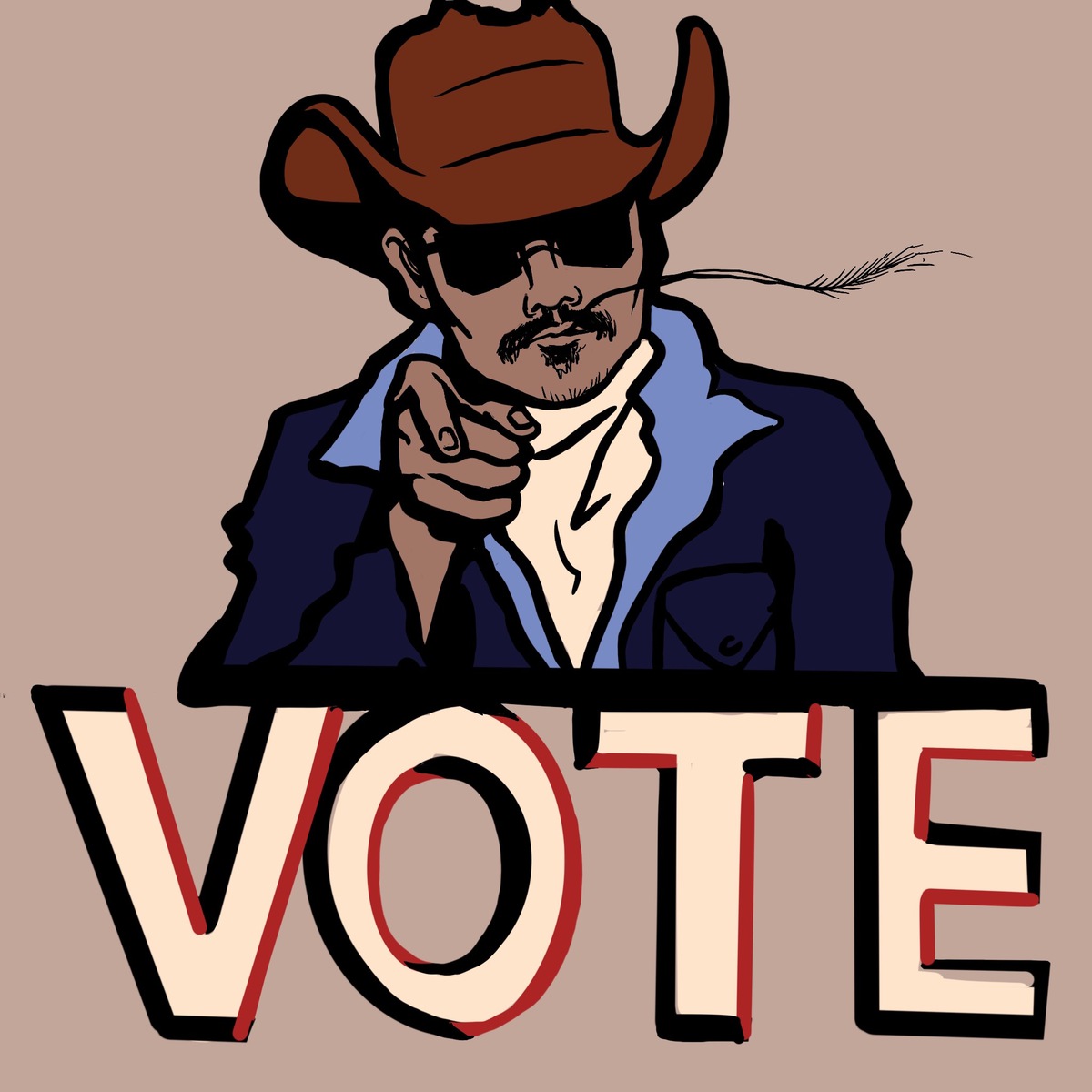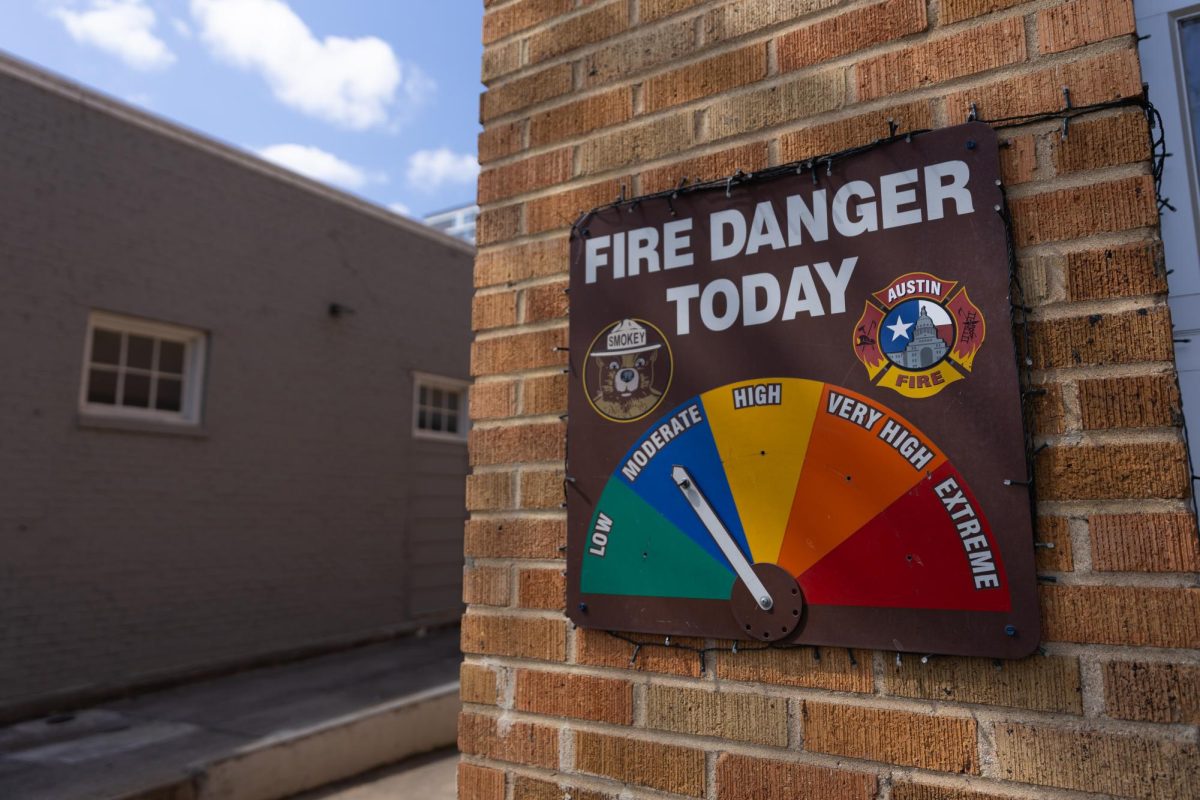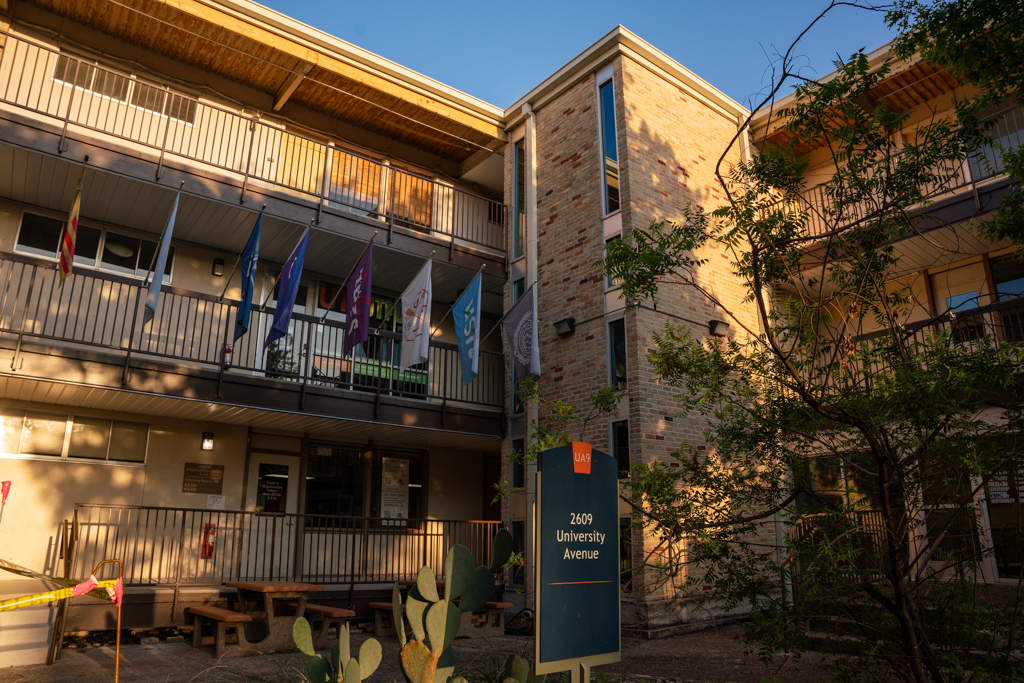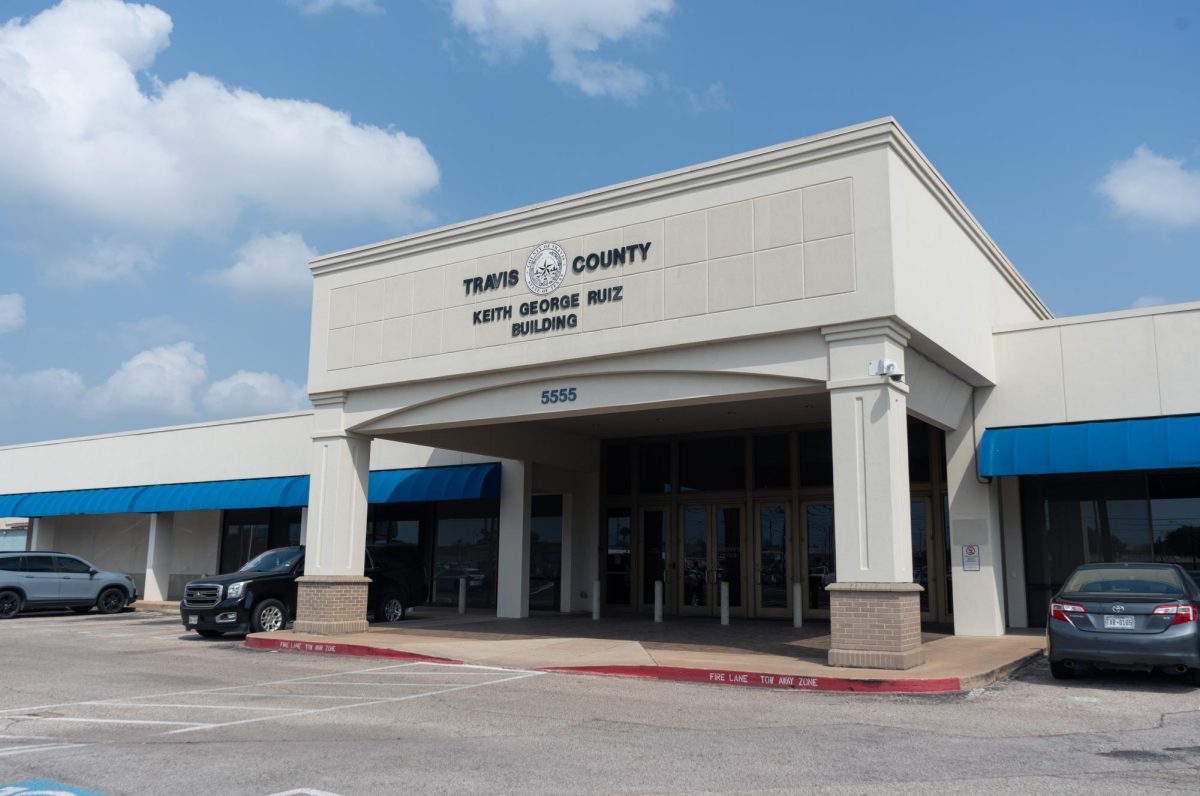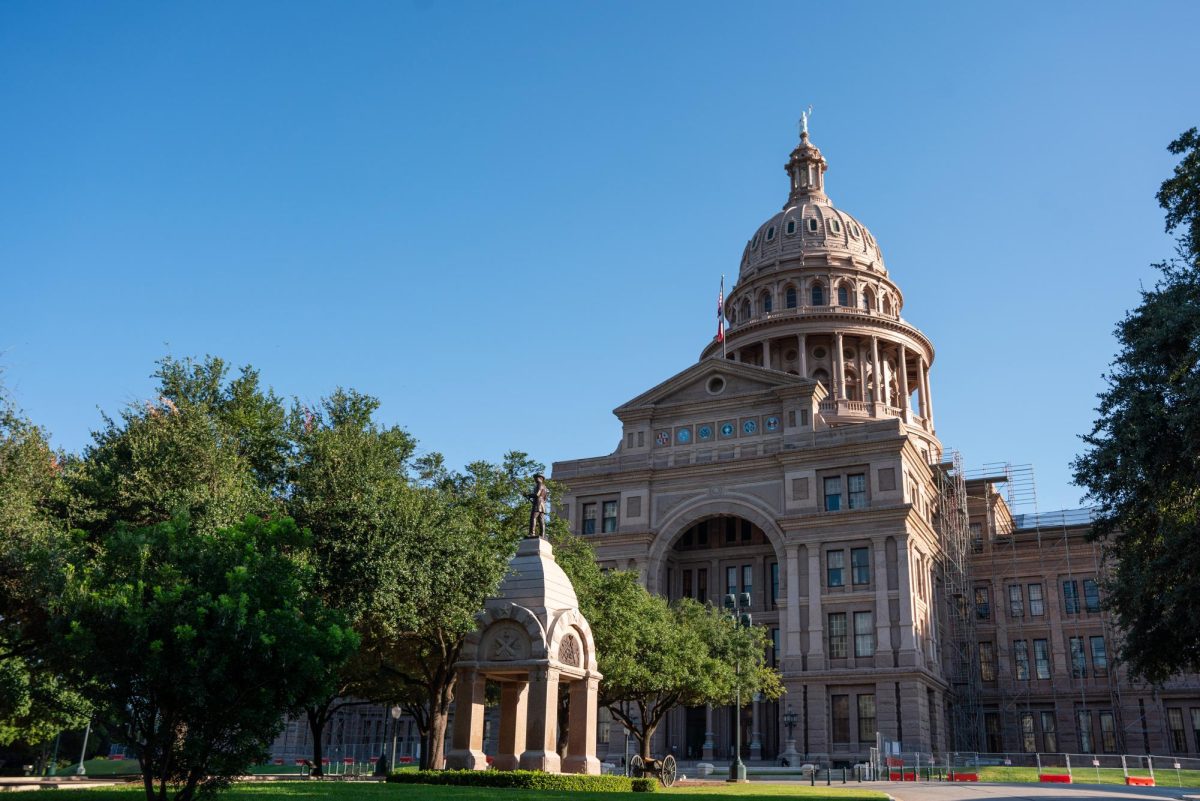The Texas primary election will take place on March 5 with early voting running from Feb. 20 to March 1. Polls will be open on election day from 7 am to 7 pm.
It is crucial for students to vote because this year’s primary election will have a direct impact on students, said Maggie Di Sanza, a Texas Rising campus organizer.
“Whether we’re talking about rising housing costs, student loan debt, food accessibility in West Campus and Riverside or public transportation, all of these things are deeply influential to students’ lives and it is so important that they get out and vote and make their voices heard,” English senior Di Sanza said.
What’s on the ballot?
The March primaries will determine the final party nominees for this year’s Nov. 5 presidential, senate and congressional elections.
Voters must choose to vote in either the Democratic or Republican primary but cannot vote in both. Texas is an open primary state, which means being registered as a Republican or Democrat is not required to vote in that party’s election.
For students looking to inform themselves about each party’s stances, Di Sanza recommends checking out candidates’ websites and looking into voting organizations.
“I would recommend going to the social media pages of organizations, whether it be student campus groups or Texas-based organizations that you trust (and align with your values) and see which candidates or propositions they are endorsing,” Di Sanza said.
Who can vote?
Eligible voters who registered to vote before the Feb. 5 deadline can vote in this year’s primary.
The Texas Secretary of State’s online voter portal can be used to check registration status, with the only information needed being a driver’s license number and date of birth. In lieu of a driver’s license number, voters’ names and county of residence can also be used.
According to the Center for Information and Release on Civic Learning and Engagement, more than 8 million members of Gen-Z are eligible to vote in this year’s election. University Democrats president Matthew McCoy emphasized the importance of making sure this generation’s interest is represented during elections.
“Young people are a sizable chunk of the electorate and it’s only getting bigger, and we have to make sure to be civically engaged all the way through and make voting a habit,” government senior McCoy said.
Where do I go to vote?
Students can vote on campus at either the Flawn Academic Center or the LBJ School of Public Affairs. There are also several off-campus polling locations across Austin, which can be found using the polling location tool on the Travis County Clerk’s website.
One of seven approved forms of ID is needed to vote. The approved forms of ID include a Texas driver’s Licence, Texas election ID certificate, Texas personal ID card, Texas handgun license, U.S. citizenship certificate with photo, U.S. military ID card or a U.S. passport.
While student ID cards do not qualify as valid forms of identification, many of the approved forms are ones students use in their daily lives. The University has provided students with many resources to increase the ease of voting, encouraging students to become involved in elections, McCoy said.
“This is the backbone of our democracy,” McCoy said. “ It’s not just a chore, it’s a civic duty — you need to go out and vote.”

